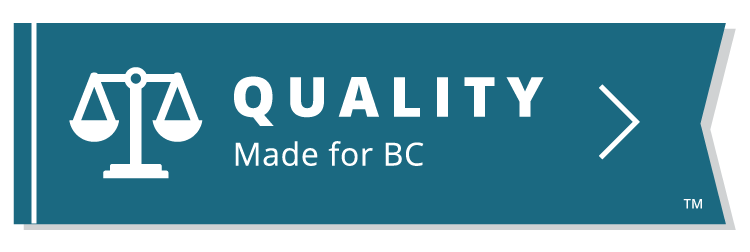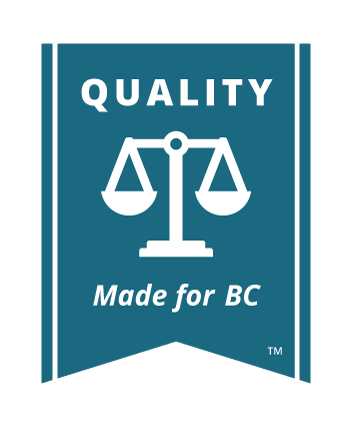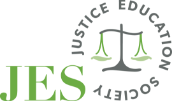Hearsay
You have probably heard the term “hearsay”. However, many people misunderstand what it means. Hearsay describes any statement (oral or written) that is made out of court; and led in Court to try to prove what was said or written is true.
Hearsay is generally not admissible as evidence in trial, but may be admissible in some chambers hearings (see Chambers Applications). For example, if you are the plaintiff in a car accident and a witness to the accident told you that he saw the defendant drive through a red light, you would have to call that witness to give that evidence in court.
It is not good enough if you tell the court that someone who witnessed the accident told you what happened. The reason is fairness. The other side must have the opportunity to hear that witness’s evidence in court and to cross- examine the witness about their statement.
A statement made out of court is admissible if it is not given for the purpose of proving that the content of the statement is true. The statement may be told to the court simply as proof that the statement was made.
For example, imagine a case where a plaintiff claimed that they suffered a foot injury in an accident. Imagine the defendant cross examined the plaintiff and suggested that they had, right before filing the lawsuit and nearly two years after the accident, made up the foot injury to pad the lawsuit. Now imagine the plaintiff’s boss was called to testify. The boss told the court that the plaintiff complained of back pain right after the accident.
This evidence is not admissible to prove that the plaintiff actually had foot pain. It is merely hearsay on that point. It is an out of court statement, and it cannot be used to prove the truth of its contents.
However, this evidence would be admissible for the limited purpose of rebutting the suggestion that the plaintiff made up the foot injury nearly two years after the accident.
Double Hearsay
Double hearsay is not admissible in any type of court hearing. Double hearsay is when the source of the information is two people away from the person who gives the evidence to the court.
For example:
- Direct Evidence: If Antonia comes to court and says that they saw Bryan hit their car, that is direct evidence and clearly admissible
- Hearsay: If Antonia comes to court and says that Caitlyn told them that they saw Bryan hit their car, that is ordinary hearsay evidence
- Double Hearsay: However, if Antonia comes to court and says that Diana told her that Caitlyn told her that Bryan hit her car, that is “double hearsay” and is not admissible in any court hearing
Exceptions to the Hearsay Rule
There are exceptions to the rule against hearsay. If the hearsay falls into one of these categories, it may be accepted into evidence during trial.
Verbal statements. Some verbal statements made by others may be admitted into court at trial:
- A statement made by someone, who is no longer living, against their own interest. For example, if a deceased person was heard to say that they owed someone money, the court may assume that they would not have made such a statement unless it were true
- A spontaneous statement or an excited utterance made when doing something (sometimes called “res gestae”). For example, a person cries out in pain when picking up a heavy object. A witness who saw that person cry out in pain can give evidence that the person experienced pain
- Testimony in a former proceeding. (See Supreme Court Rule 12-5(54)). Transcript evidence given by a witness in a previous court proceeding is admissible if the witness is not available for this trial
Documents. The general rule is that statements of fact contained in a document are not evidence of those facts unless the document falls within one of the exceptions to the hearsay rule, such as the exception for business records under s. 42 of the Evidence Act.
For more information about how to admit specific documents into evidence and exceptions to the hearsay rule for documents, see Documents as Evidence.







 JusticeEducation.ca
JusticeEducation.ca JusticeEd
JusticeEd /JusticeEducation
/JusticeEducation